Hey friends - hope all good :)
Huge thanks again for all the support for Scanner’s wonderful album - it’s been a very busy week of CD packing! Everything’s gone out now as of yesterday so if you haven’t got your CD yet it’ll be with you very soon :)
Last day of half-price digital today and some CDs still available - remember if you bought the CD and want a download of Robin’s unique long-form version of the album, message me for a code.
For anyone that’s new to quiet details, our CDs always have a special and exclusive continuous mix of each album - to honour the album format and allow a completely immersive and uninterrupted experience when listening - always my favourite way to enjoy the music.
If you buy one, so you can listen in whatever way you choose, I also provide a private Bandcamp link to this version so you can listen however you choose - so drop me a message and I’ll send one over!
Now the second part of our Q&A - huge thanks again to Robin!
Please can you give us an overview of your studio and favourite instruments?
I live in an old textile factory. It’s not a dark immersive space, but one filled with light and character. I work best in daylight, and for those who know me, they are familiar with how I like to begin work early and finish early and enjoy working best in daylight. The windows are 3 three metres high and the ceiling 5 metres high. You’ll never find me in here after 17.30 or at night!
It’s never been set up like a traditional studio, with everything wired in ready to connect at the switch of a button. That doesn’t inspire me in terms of creativity. In some ways, it’s closer to a kitchen stocked with a variety of spices and flavours, tools and devices to draw upon to cook a fine meal. You pick and choose the items you want to set a particular mood, or to create a unique taste.
It most definitely isn’t a place of control, but of discovery. I prefer instruments that misbehave, recordings that carry accidents, and tools that open up chance encounters. In that sense, my favourite “instrument” is the world outside the studio — the endless flux of sound waiting to be noticed.
It’s a working space, part laboratory, part archive, part playground. It’s filled with objects that encourage me to listen differently rather than simply to make noise louder! The most appealing instruments are those that continue to surprise me every time, such as the Ciat Lonbarde suite of instruments, the Buchla 200e and so on. I remain as enthusiastic as ever every time I sit in here!
Please can you give a quick breakdown of how you made each track?
Every track uses the same source materials – this stainless-steel staircase that weaves through my building. Guests often comment on the beautiful sound it makes as you walk up and down it, like gentle rainfall as the steel cables softly vibrate through the structure.
I used a geophone microphone which, unlike traditional microphones that pick up vibrations in the air, this actually captures vibrations of the ground, buildings, or objects instead of airborne sound. These kinds of microphones are often used to record the resonance of a bridge, the hum of machinery through metal, or footsteps transmitted through the floor. Or even earthquakes apparently!
I like them because they reveal a world of sounds that we normally don’t hear. Instead of birdsong or voices, you can capture the rumble of underground trains, the creak of structures, or the micro-movements of surfaces. As indeed, in this situation my staircase.
01 Start Moment
Here I gently tap on the balustrades installed along the top of the staircase with a rubber mallet, and run it through a delay pedal. I am also running a radiator brush made of soft bristles in between the metal poles on the structure. The bass melody is a sample of the step vibration filtered and played with a MIDI keyboard.
02 Riser Beam Connection
Gently beating on the floor of the staircase and again sampling the sounds in between the balustrades run through filters and a reverb pedal to literally play a melody with a MIDI keyboard.
03 Base Plate
Here I am using this radiator brush again, gently pushing and pulling it through the supportive hanging wires of the staircase, creating this drone without any sense of attack, back and forwards. The low thuds are noises from walking up and down the staircase, randomly dropped into the track.
04 Grain Stress
You can hear me scraping the metal cables with a drum stick, then striking the balustrade with the soft mallet. The ethereal abstract melodic elements are the same sounds pitched and filtered, then played with a MIDI keyboard in a software sample instrument.
05 End Moment, Wires
Running a piece of metal down the cables introduces this abstract piece. You can easily hear the resonating vibrations from this movement. A regular percussive sound maintains the structure which is the sound of my striking the balustrade and the floor of the staircase with a mallet.
Now some shout-outs, big thanks to them!
qd40 Scanner
Thanks to Melted Form for including the track in this edition of
qd39 Raica
Thanks to Marc Masters for including the album in The Best Experimental Music on
September 2025 - also for featuring the artwork! Read hereThanks to Electronic Sound mag and Mat Smith for the lovely review
Thanks to
for featuring Chloe in a recent editionqd33 Ian Hawgood
Thanks to Stationary Travels for including the album in their recent Travelogue: An Autumn Hush
Much love, thanks again, and have a great weekend!
Alex
quietdetails.com
quiet details Bandcamp
quiet details Substack
quiet details studios - mastering and audio services
my music as fields we found - individual works, and subscription with exclusives and more


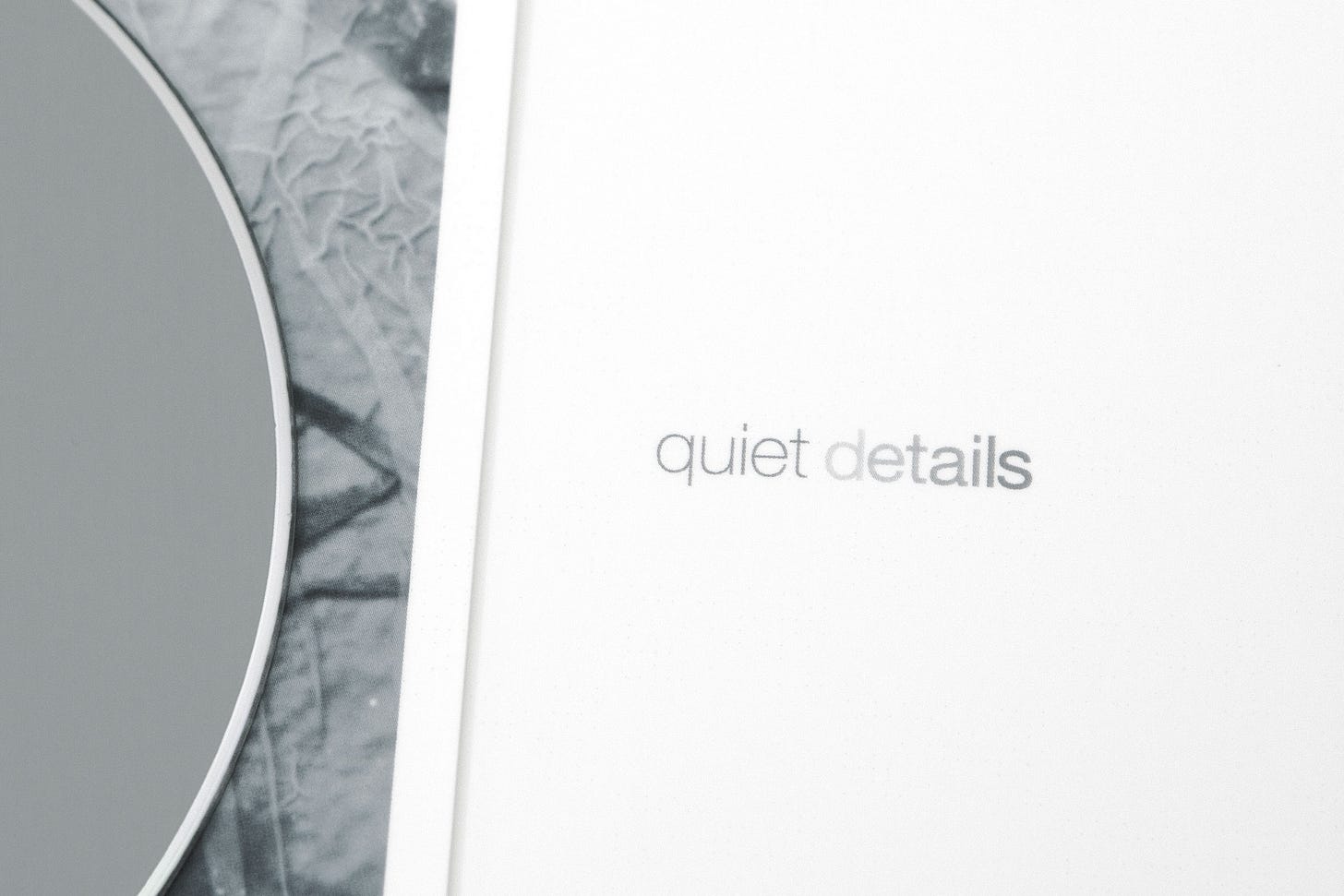
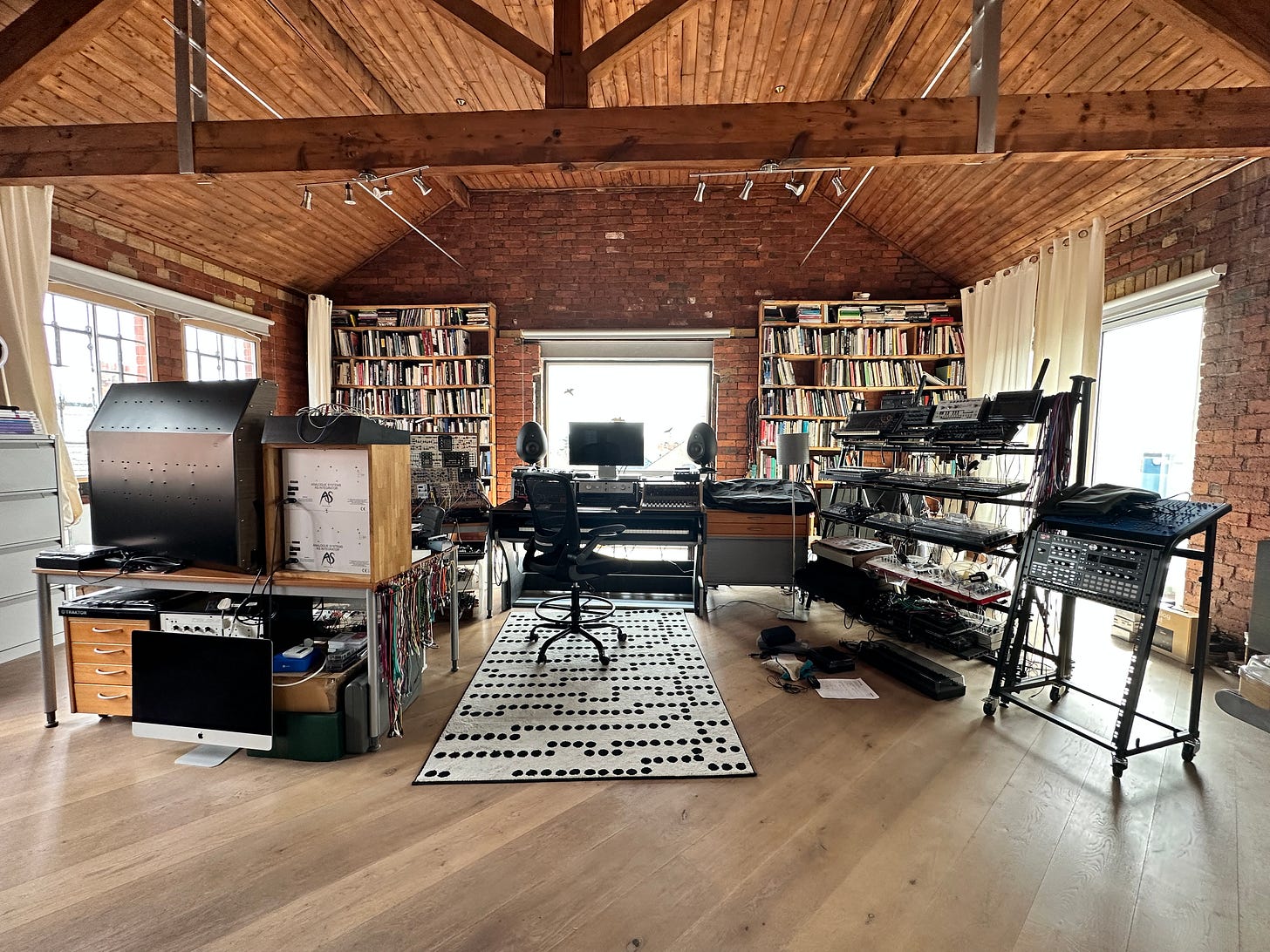
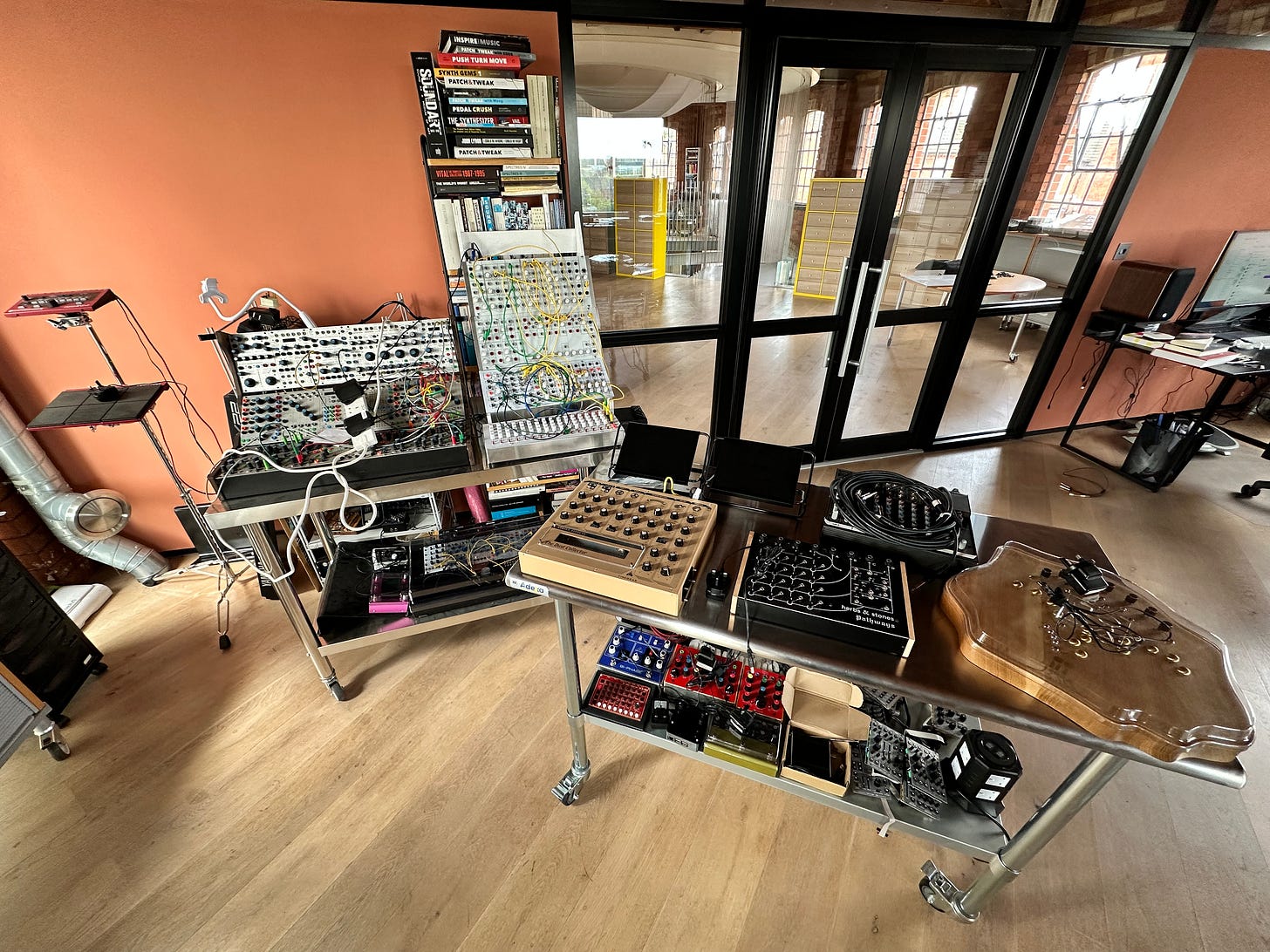
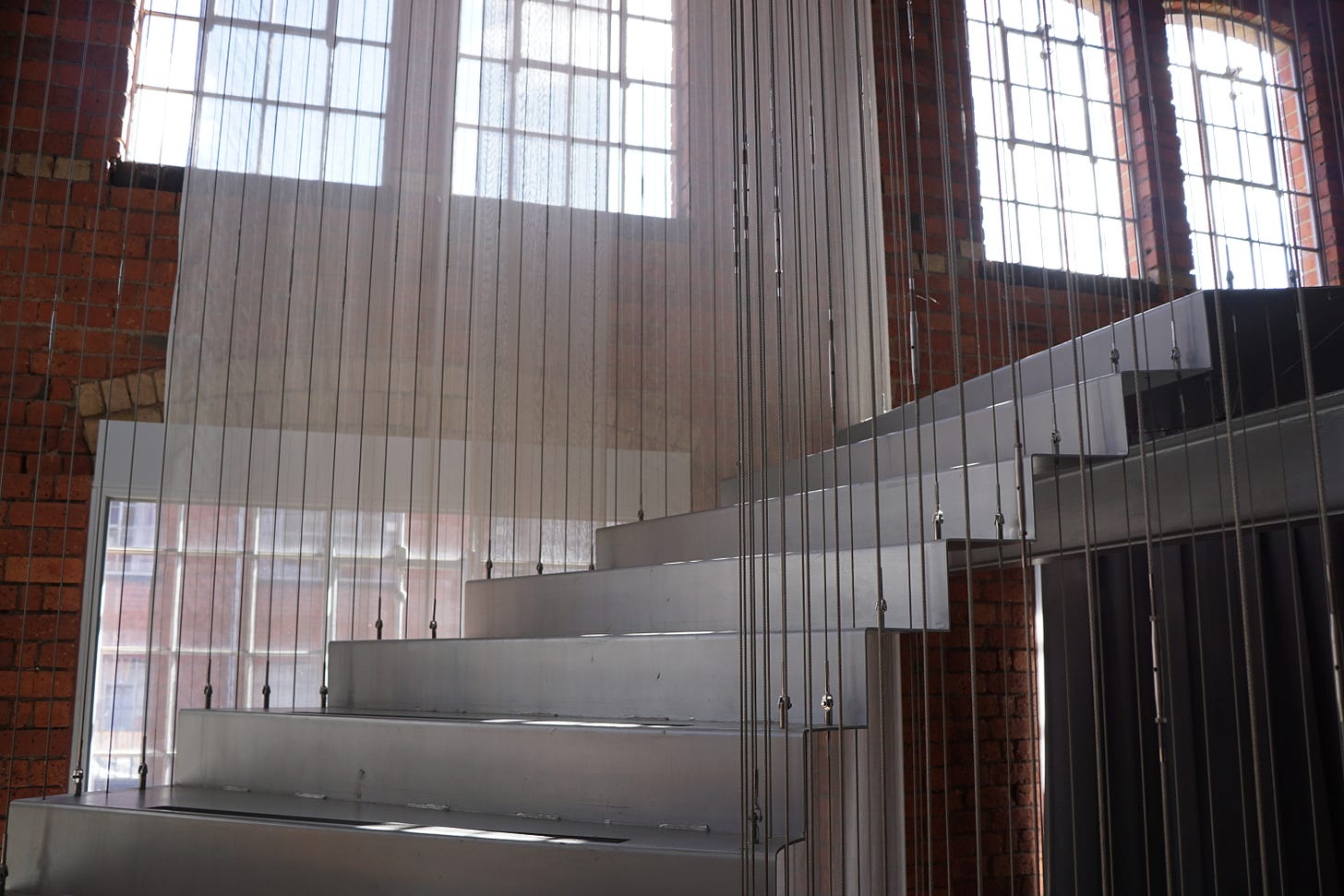
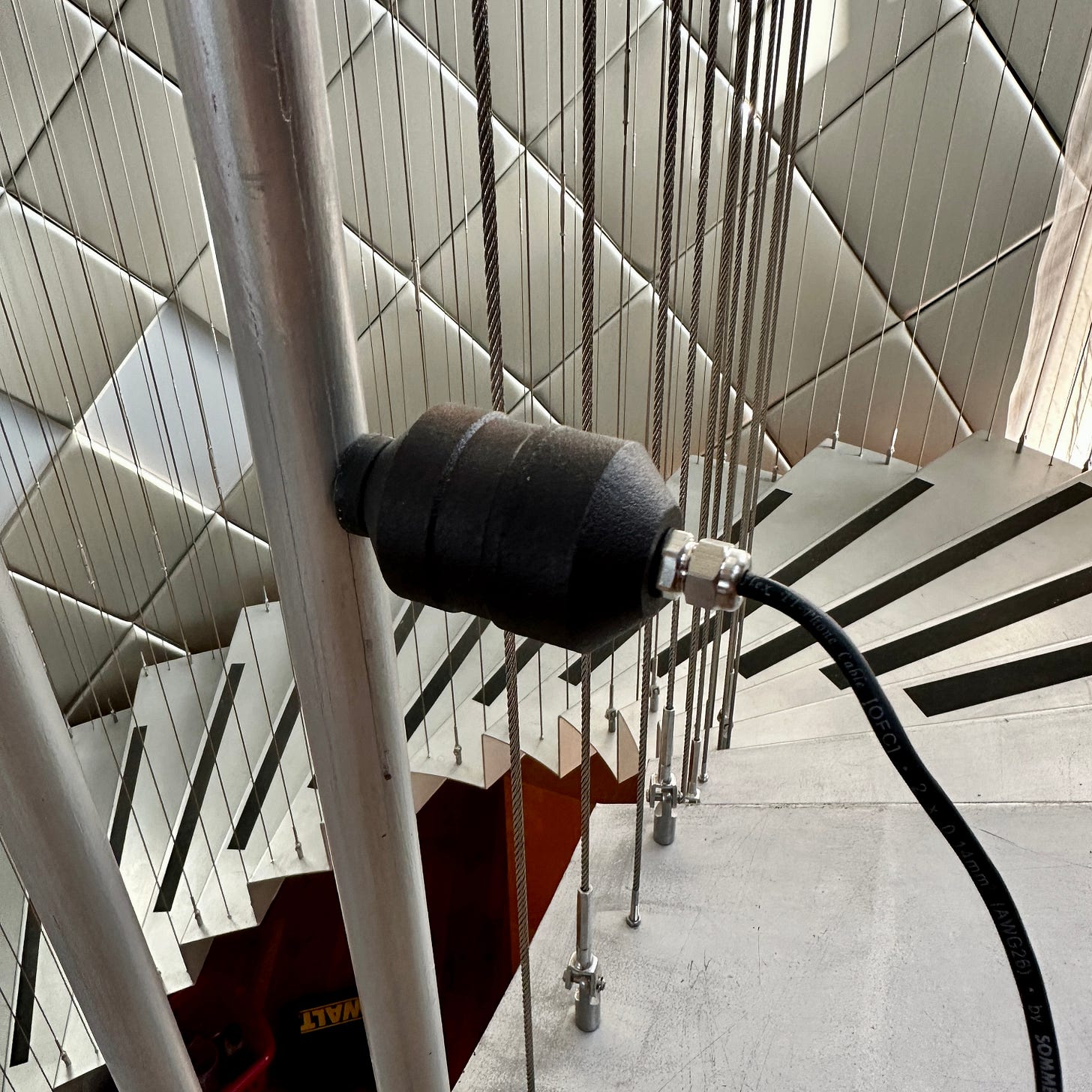
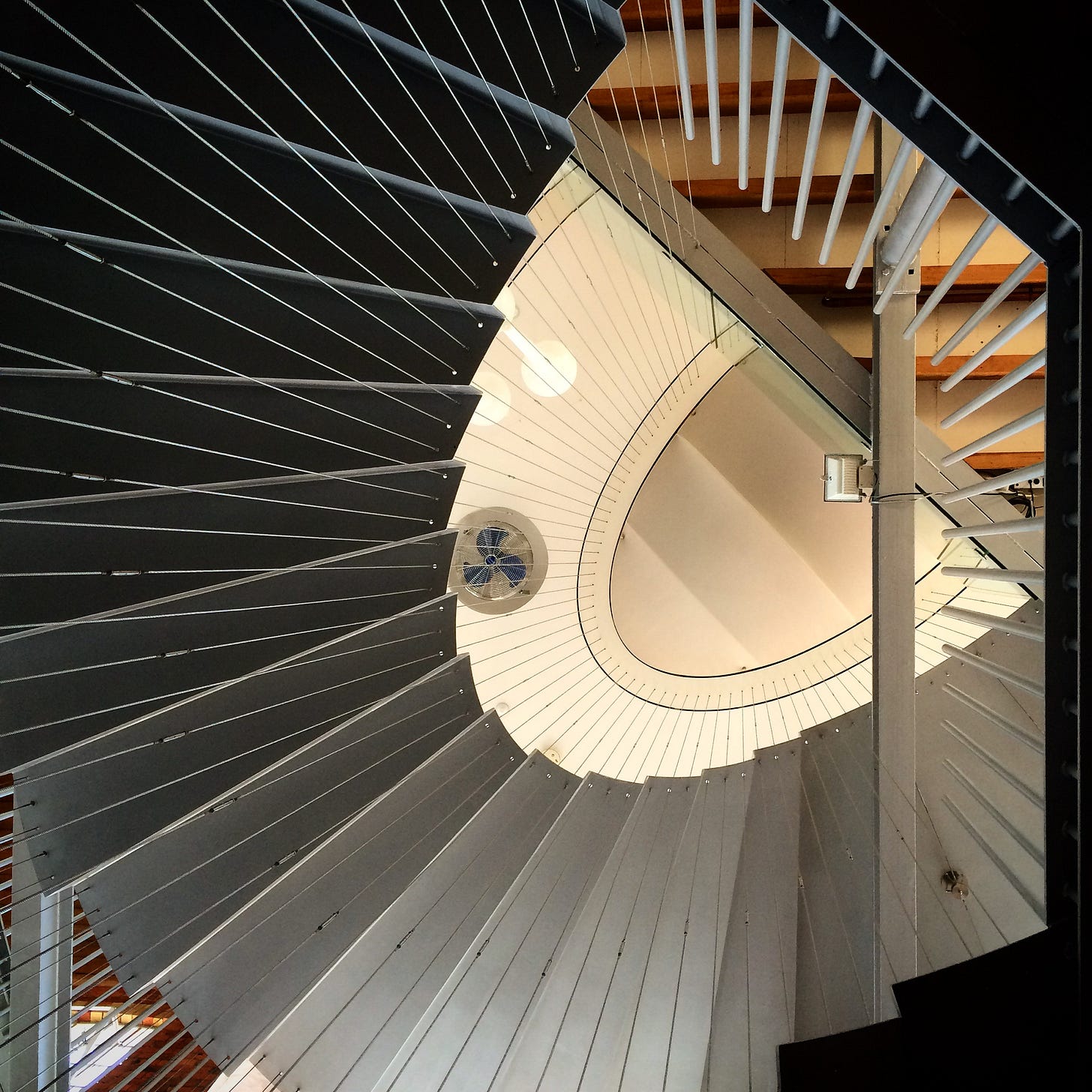

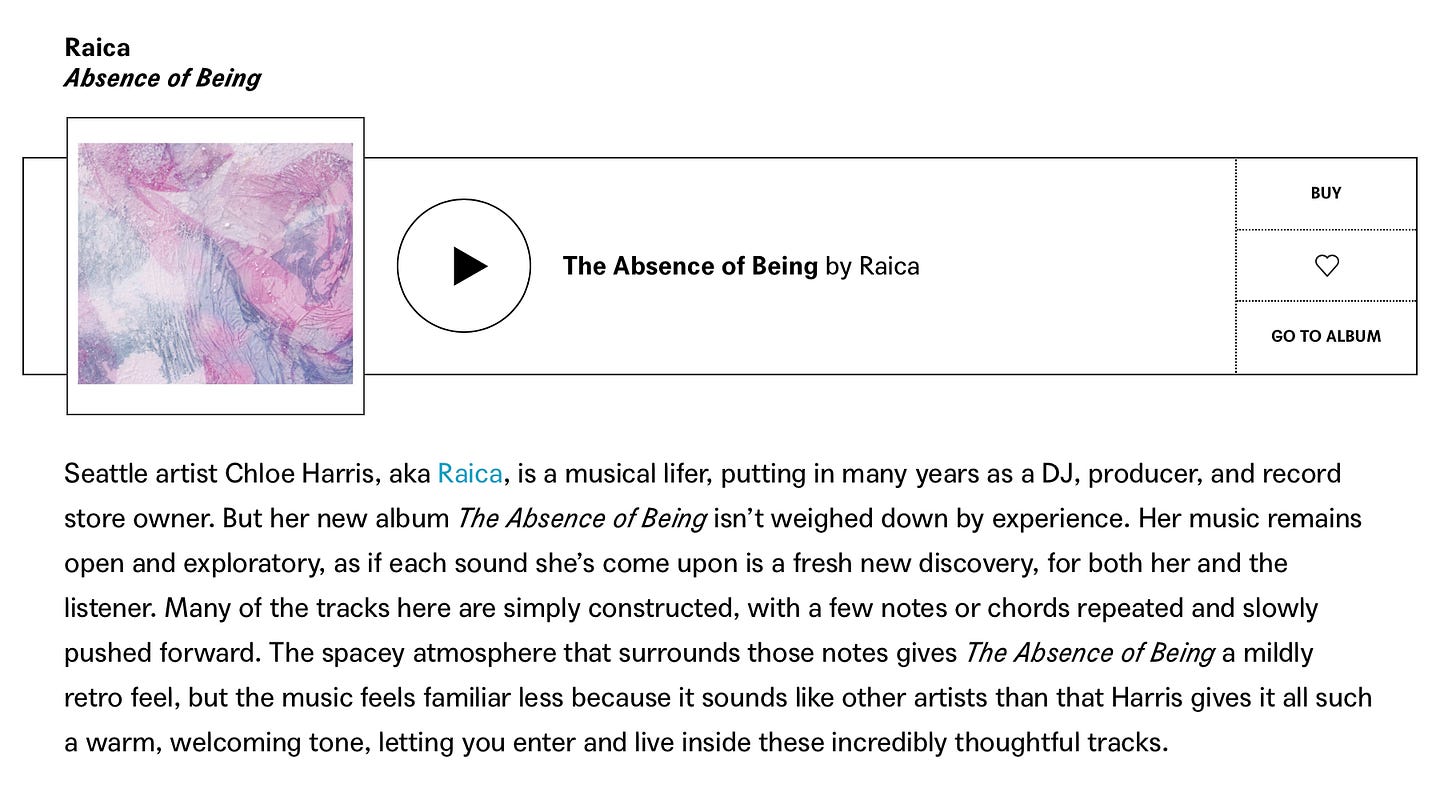
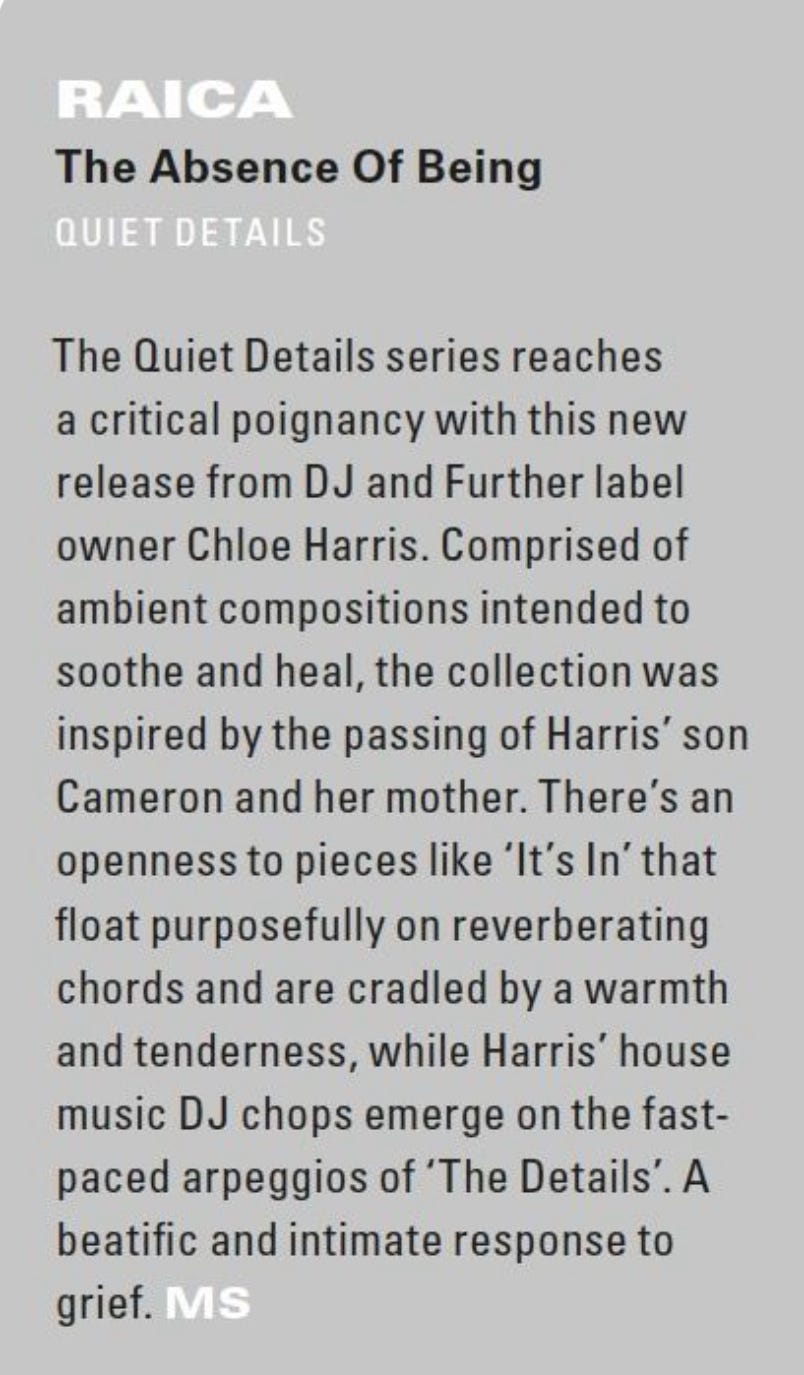

Thanks for the reminder, I'm happy to nab a copy of this album today. I will savour this Q&A later, but the photographs are stirring distant memories and I *think* – unless my memory is playing tricks on me – I saw this staircase in the flesh circa 2008. I absolutely love he has made an album out of it.